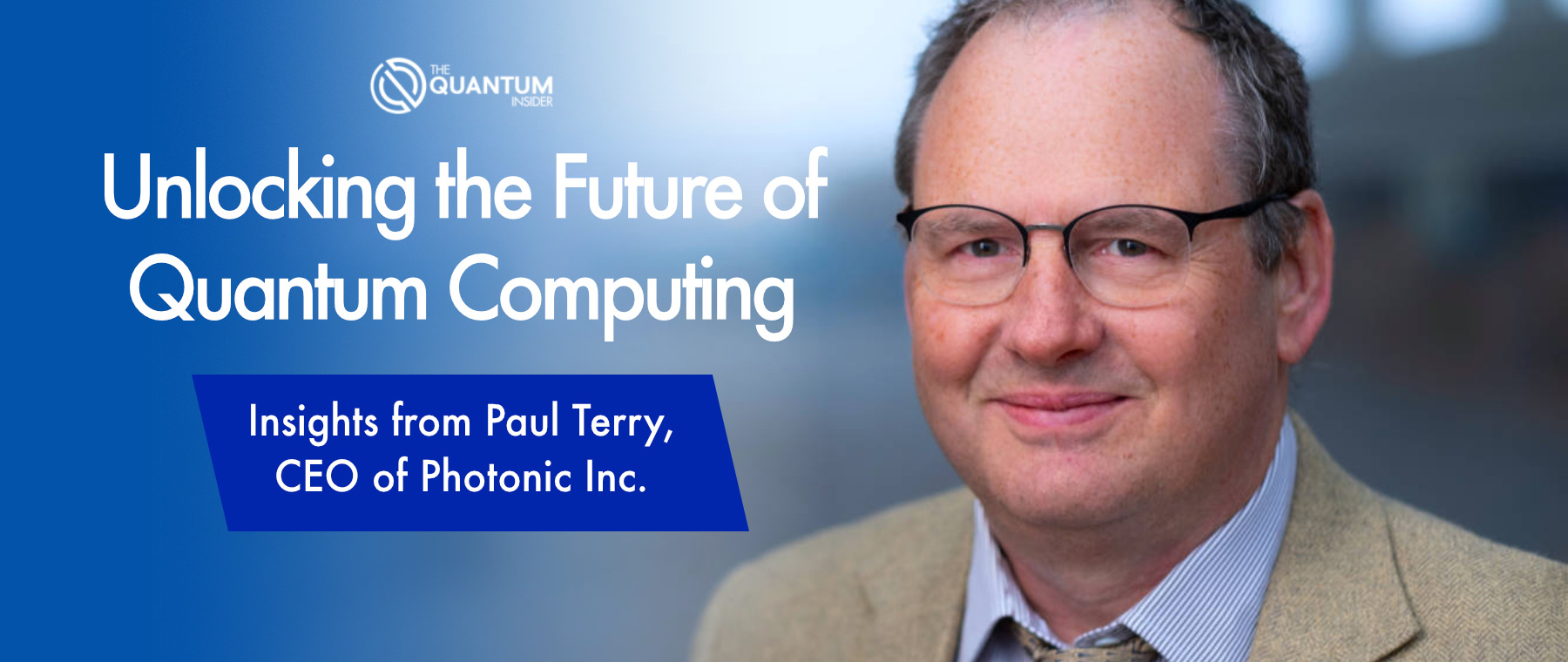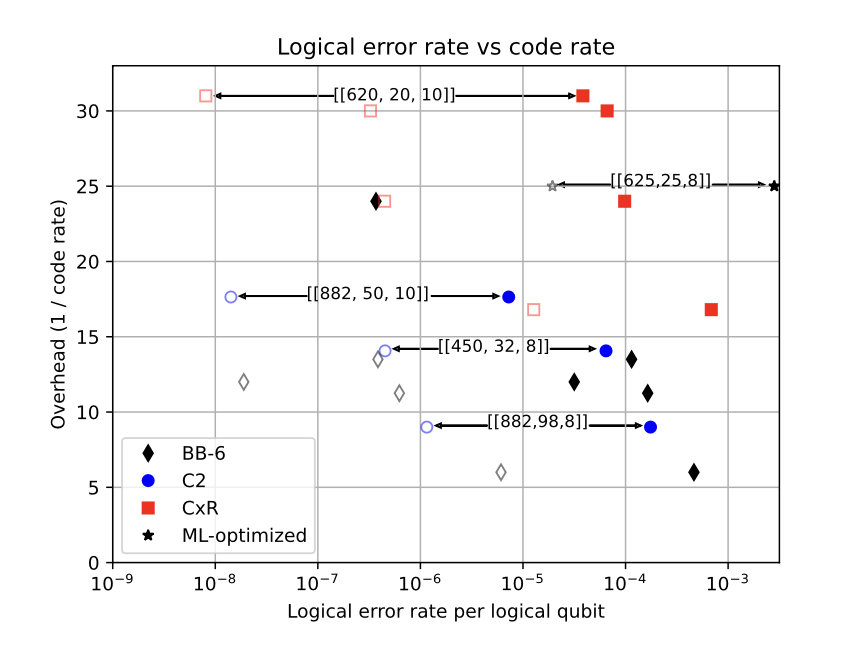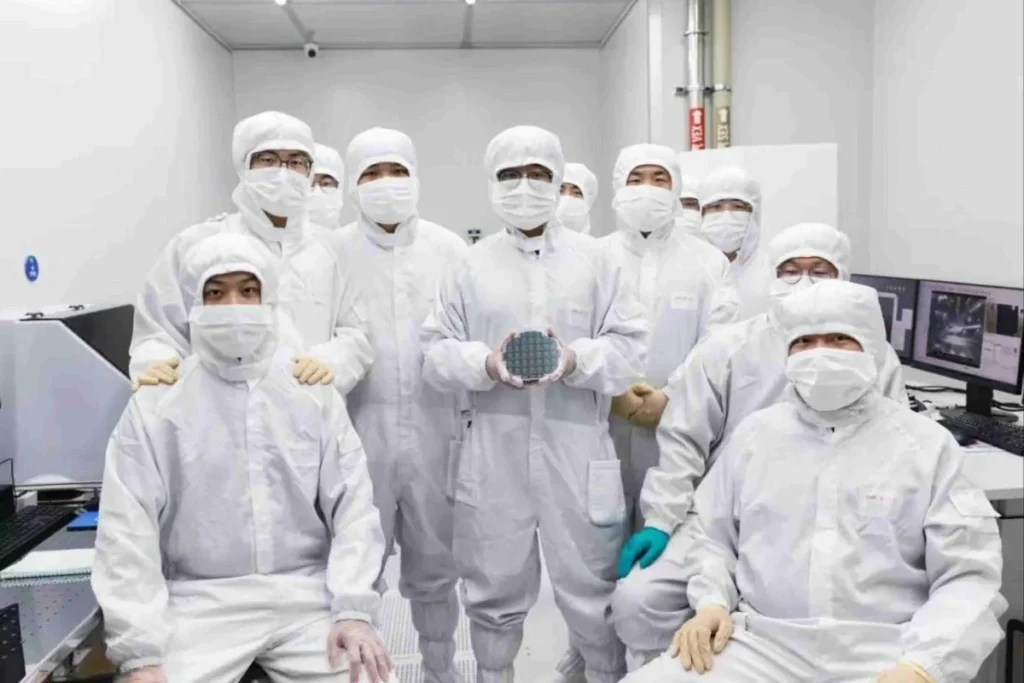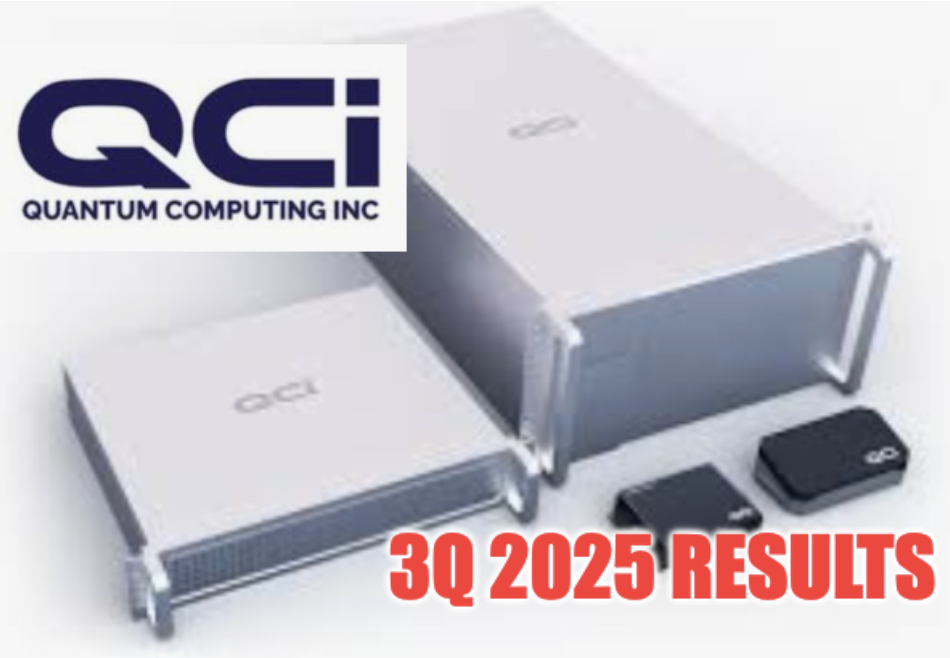In an interview, Dr Paul Terry, CEO of Photonic Inc., delves into the transformative potential of quantum computing and the pivotal phases the industry will progress through to achieve large-scale, fault-tolerant quantum systems.
Insider Brief
- Paul Terry, CEO of Photonic Inc., explores the transformative potential of quantum computing and the crucial phases needed to develop large-scale, fault-tolerant quantum systems.
- He outlines three critical phases for the development of scalable quantum systems.
- Terry explains how Photonic is focusing on the connection between networking and scalability.
Watch the interview to learn more.
The Evolution of Quantum Computing

There is generally a shared understanding of the ways in which quantum computing is set to revolutionize industries by providing unprecedented computational power to solve certain categories of problems. There is less consensus on who will benefit from these advances and how the industry will ultimately achieve these ends. Chemistry problems, including drug discovery, discovery of catalysts, and material science, will be early use cases and the value of quantum computing will be highest for those who are able to identify and implement the specific applications where quantum will provide an exponential advantage over classical methods. This will be most salient in the early days when access to quantum computing services will be limited as capacity comes online.
Terry notes that when comes to getting to commercially relevant quantum computing, there are three phases in the development of scalable quantum systems:
Phase One: The initial phase focused on the creation of qubits. With twenty years of advancements, qubit stability remains a challenge.
Phase Two: This phase introduces the development of logical qubits formed by multiple physical qubits, enhancing stability and reliability of quantum systems.
Phase Three: This phase is about scale, with the ultimate goal to achieve a vast network of fault-tolerant, scalable logical qubits. Our belief is this phase hinges on the ability to manufacture and network qubits effectively, enabling horizontal scalability
Networking: The Key to Scalability
Networking is the often missing – but most important – facet in discussions on how to make quantum computers grow horizontally, aligning with the natural expansion of networks.
Terry said Photonic Inc is focusing on the connection between networking and scalability.
“All large-scale systems are fundamentally networks,” Terry explains. “At Photonic, we are building networks of qubits to create infinitely scalable quantum computers.”
Terry suggests that quantum computing will likely be offered as a service by major companies. Identifying critical applications for businesses to leverage quantum computing is essential for gaining a competitive edge. Key applications include:
- Drug Discovery: Accelerating the discovery of new pharmaceuticals
- Material Science: Revolutionizing the development of new materials
- Catalysts: Innovating the development of catalysts for industrial processes
Photonic’s Mission: Scaling Quantum
Headquartered in Canada, Photonic Inc has brought together a leading team of quantum specialists, along with a group of advisors and collaborators, from around the world, including teams in the US, the UK, and throughout Europe. This multinational array of partners and investors provide access to global infrastructure, established platforms and the essential resources needed to scale a company driven by experts in developing Photonic’s technologies. The company aims to achieve commercial value by building scalable, fault-tolerant quantum computers, said Terry, who has founded or been a founding employee at six successful Canadian companies with a cumulative valuation of more than $10 billion.
The Role of T Centres
Photonic technology is based on the T centres—nanoscale defects in silicon structure that occur naturally or are artificially manufactured. Their spins can be used as qubits, offering long coherence times essential for stable quantum computations. They also serve as a single photon source, emitting spin-linked photons at telecommunications wave lengths.
The primary advantage of T centres lies in their compatibility with established silicon manufacturing processes, enabling scalable and cost-effective production of qubits, and compatibility with existing fibre-optic networks, enabling all-to-all connectivity between the qubits of a single chip or different systems.
This integration with mature silicon technology allows Photonic to prepare for the development of large-scale, fault-tolerant quantum systems, facilitating seamless integration with current communication infrastructure and advancing the future of quantum computing.
According to Terry, T centres offer a legacy of firm scientific understanding that make this technology a key ingredient for Photonic’s path to build a scalable distributed quantum computer.
“To some extent, the T centre represents the new modern transistor for the purposes of compute,” said Terry. “And then all of those T centres are connected together with off-the-shelf photonic switching. Photonic is taking advantage of 30 plus years of silicon manufacturing, and 30-plus years of photonic interconnect to make the next generation of computers.”
This approach positions Photonic to drive the industry toward fault-tolerant quantum computers and for delivering the company’s deep mission: creating quantum devices that can provide solutions to important scientific, societal and commercial challenges.
To learn more about Photonic’s innovative approach to quantum computing, visit Photonic Inc.
















